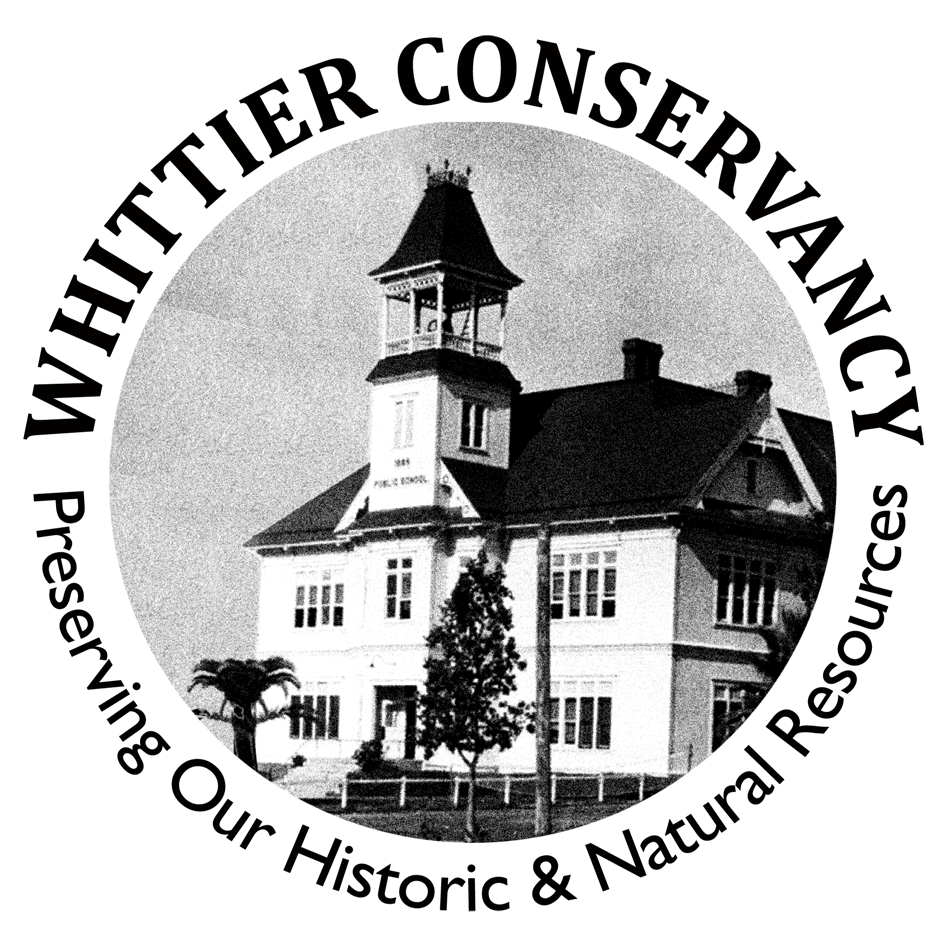Understanding Preservation
How Our Past Informs & Enriches Our Future
What is Historic Preservation?
Why Should We Preserve?
What is Historic?
Who Preserves?
What Is Historic Preservation?
For many people, “historic preservation” means saving old buildings and a “preservationist” is someone who tries to prevent them from being altered or torn down. In practice, historic preservation means not only preventing demolition, but also seeking a viable reuse for historic buildings, sites, and structures. By restoring, rehabilitating, or renovating historic places, preservation promotes a community’s unique culture, identity, and sense of place.
Historic preservation is a movement—a collective action based on an idea or issue—rather than a set approach, formula, or collection of guidelines. Since its formal beginnings in the mid-1800s, the preservation movement has adapted to fit new ideas and situations, and become more responsive to modern culture, lifestyles, and economies. The preservation movement’s success is a result of motivated and conscientious citizens who have influenced sound public policy decisions based on preserving our irreplaceable heritage and maximizing financial investments.
Preservationists believe that the built environment represents our collective history and identity, through both its physical characteristics and historical associations. Cultures outside the U.S. typically use the term “heritage conservation” instead of historic preservation, emphasizing that the goal is not merely to preserve something that is old, but to conserve a built heritage that is passed from one generation to the next.
Why Should We Preserve?
Many people believe that our society should maintain and safeguard the historic places that contribute to our cultural identity, but others assume that preservationists want to restrict change. The preservation movement, as a whole, is not anti-progress! Instead, preservation promotes a richer diversity of buildings, allowing new and old to coexist successfully. Preserving a variety of buildings and sites from the past and present clearly displays our progress, allowing us to experience a sense of our common history as it unfolded and understand the development of our communities. By using sound criteria to identify historic places worthy of preservation, a community can make land use decisions that ensure change is progressive.
What Is Historic?
There are more reasons to preserve than simply respect and appreciation for history and culture. In today’s society, where “green” and “sustainability” are buzzwords, historic preservation should be recognized as a viable green development and construction strategy. As we search for ways to increase energy efficiency and reduce consumption, we should acknowledge the economic and environmental value in existing buildings, because both demolition and new construction require tremendous amounts of energy and waste. Adapting existing buildings for a new use, while making some modifications to improve energy savings, can be a key strategy in addressing the challenges of global climate change. Preservation is also about the wise use of our dollars and cents. Reinvesting in historic buildings creates more jobs than new construction, retains more capital in the community, reuses infrastructure already paid for by the community, and provides an attractive return on investment.
Like history itself, the preservation field is ever-changing, and the definition of what is “historic” and worth preserving has adapted, too. Many people assume that a “historic” label is the result of an arbitrary decision, or defined by personal taste. Or they mistakenly believe that only pretty places with noble histories are worthy of preservation. In fact, standards and criteria have been in place for over forty years to help communities make objective decisions about their historic places. While interpretation of these criteria has changed over time, they set a framework for evaluating a site or building’s physical integrity and historic association.
For example, to be eligible for listing in the National Register of Historic Places, a site must meet at least one of four criteria defining its historic importance, and retain a majority of its original design based on seven defined characteristics of integrity. Thus, even unassuming locations or structures with unpleasant histories may be worthy of preservation if they have historical significance and lessons to teach. Locally designated historic places often are evaluated under several additional criteria, which are specific to the history and values of a community.
A site does not need to be listed in the National Register or have local landmark designation to be worthy of preservation, and this kind of formal recognition does not necessarily ensure preservation. Ultimately, historic buildings and sites are preserved when they are continually occupied and actively used. People can support preservation in the course of their everyday lives as they decide where to live, work, go to school, and do business.
Who Preserves?
The preservation movement is supported by groups, individuals, organizations, and agencies at all levels. National, statewide, and local non-profit organizations promote historic preservation through education and advocacy. Some historic preservation non-profit organizations that are active in California include the California Preservation Foundation, the LA Conservancy and the Whittier Conservancy. Governmental agencies play a regulatory and supportive role, by administering and enforcing Federal, state, and local laws and ordinances that govern historic preservation activity. Examples of these governmental offices include the National Park Service, which maintains the National Register of Historic Places and processes Federal grants and tax incentive programs, the State Office of Historic Preservation, which initiates National Register listings, conducts historic resource surveys, and ensures compliance with state and Federal regulations, and local Whittier’s Historic Resources Commission which oversees the application of local preservation ordinances.
Most importantly, involved citizens at the local level—those who live, work, learn, and play in a community—are some of the strongest forces in the preservation movement. Preservation projects often grow from the local level because people are attached to their own communities and invest the most interest in the built heritage that best tells their own story. Preservation can work as a catalyst for revitalization and renewal, creating attractive, exciting, and thriving neighborhoods, and its benefits are most apparent to the people who experience these places daily.

